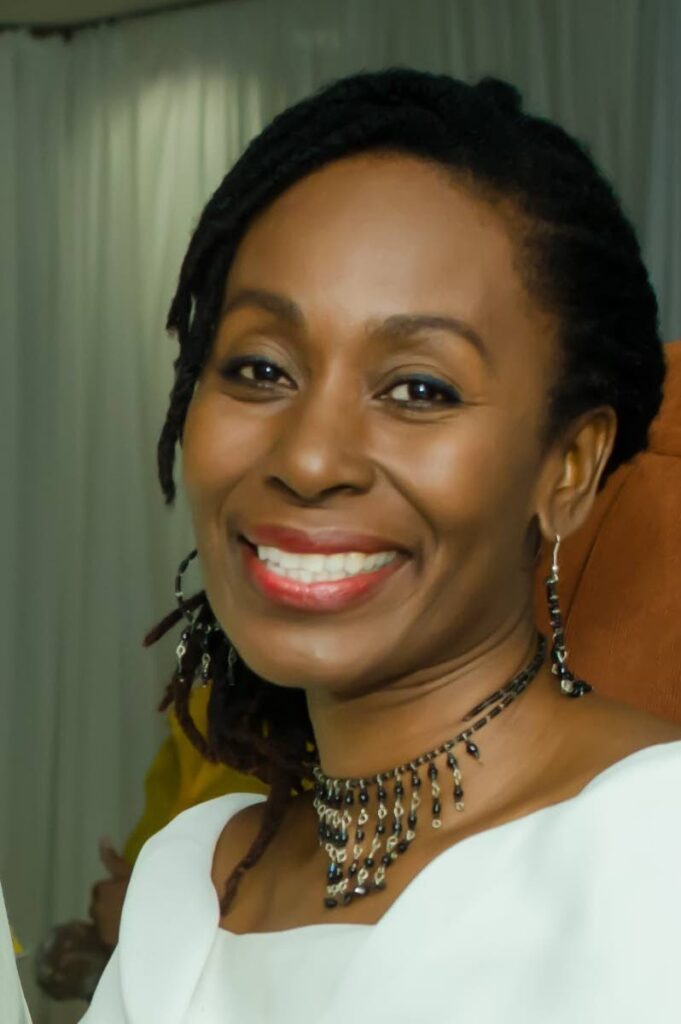The innovative and the mundane

Dara E Healy
“You turn it and turn it and turn it. When it reaches all the way around, you might say, ‘Nah, this is too jarring.’ You then have to make adjustments and go around until you get something that makes sense, that flows nicely.”
– Jackie Hinkson, artist
I WAS privileged to hear respected artist Jackie Hinkson share insights about how he created his kinetic works of art, essentially paintings that are constantly in motion. I marvelled at how his mind could perceive of such a painting in the first place – to decide on the colours and sequence of the design, and then make all these elements move in sync.
As we observe World Creativity and Innovation Day on Sunday, the UN is advocating that culture, creativity and innovation should be seen as compelling sources of economic and human development. But how do we unleash this potential? Does the secret lie in the way artists like Hinkson create? And if so, how do we unlock these mysteries?
The UN estimates that the creative economy is a US trillion-dollar industry. Our country is widely recognised as a source of creative wealth; we are rivalled by few others for talent. Yet we struggle when it comes to translating our natural abilities into strong creative businesses or organisations that have solid structures to support human resource growth.
I think solutions may be found in the way some of our great artists approached their craft. Often we see the end result of the creative process – a fascinating piece of art in motion, a dance that makes a powerful comment on colonialism and oppression, a poem that inspires us, or a piece of music that brings tears to our eyes. But as Hinkson hinted, the actual creation of the work is anything but glamorous.
I have had the pleasure to witness the painstaking and at times mundane routines of some of our great artists. For instance, LeRoy Clarke painted and wrote every day. He loved to share his process and mentor young people through this sharing. For him, creativity, culture and innovation were intertwined with the ability of a nation to be clear about its identity and chart its destiny.
The discipline of Uncle George (Lamming) always affected me. As with most writers and intellectuals of that time, his perspective was regional in nature. For him innovation, creativity and human development were directly linked to education and young people. He often spoke of how colonial barriers were perpetuated by the fact that Caribbean schoolchildren could not easily converse in the three main languages of the region. And I would add, nor do they know their own nation languages, like patois.
From the female creatives around me like Merle Hodge and my mother Eintou Springer, I learnt the lesson of being organised enough to pursue your passion. It was important to earn income, save and get the children to school, even while rehearsing late at night or being part of revolutionary movements.
For my mother, innovation was the connection between literacy and cultural expression. The library became her platform for introducing ideas of unity through culture, independent thought and the significance of heritage as a force for transformation.
These experiences have been enlightening and empowering, particularly now that I am head of a cultural organisation. However, many artists only need to concern themselves with their art and basic survival. In several ways we are now responsible for the young people and adults who perform with us or take part in our programmes. I would say that my major frustration is that I often do not have the time (or sometimes even the energy) to be an artist, to simply create.
Thus, as we discuss creativity, innovation and human development, I would like to advocate for more national support for creative organisations. This includes simple solutions such as widening the remit of the On-the-Job Training (OJT) programme, making financial resources more easily accessible and teaching these practical skills to young creatives.
If the creative sector has the potential to be lucrative, it is because many artists stay true to operating outside the status quo. Importantly, we do the work, like the great artists who have passed and those who strive today for thoughtfulness and excellence in their craft.
Innovation in the creative sector must be actively funded and supported. And there is nothing mundane about that.
Dara E Healy is a performance artist and founder of the Indigenous Creative Arts Network – ICAN

Comments
"The innovative and the mundane"